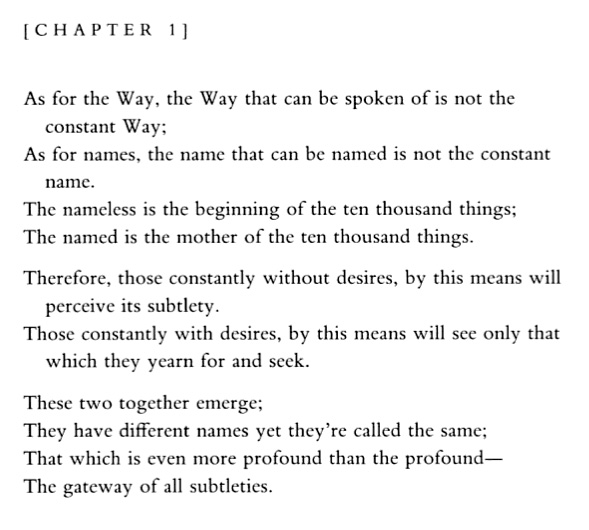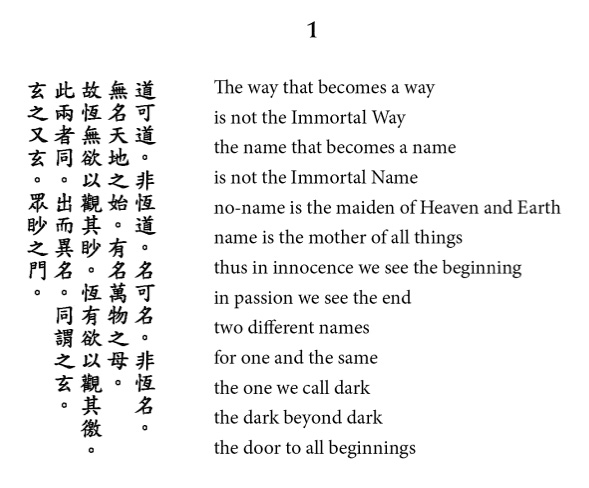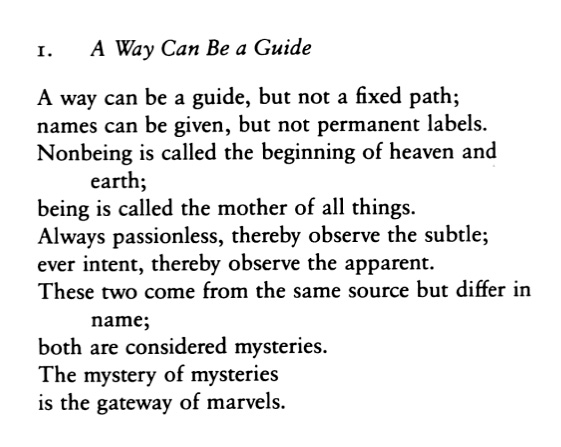My head is full of pictures I didn't take, and they're all eloquent, perfectly composed and thought-provoking. Here's one I missed:
The entire world seems crusted in snow. It's eight degrees out (–13°C) and the wind is blowing, which makes the cold worse. A major thoroughfare near where I live, 50 mph (80 kph) speed limit, three lanes, no sidewalk. The landscape beyond is bleak, white, white steam escaping from squat buildings. Spindrifts of powdery snow in sheets blow across the surface of the roadway. And at the edge of the road, a middle-aged man, bundled up, head down, is cranking a bicycle against the wind and the cold. Pedaling laboriously. A mile away I encounter another citizen on a bike.
'Kay, you don't know much about what's happening there. But here are a couple of things that are pretty safe to infer:
- Those people have somewhere they have to get to. You don't go out in this kind of cold on icy roads on a bike because you feel like a burrito or because it occurred to you that it might be time for a haircut. Who knows—but what's the thing most people don't have any choice about when it comes to getting somewhere on time?—work, probably.
- They have no other possible mode of transportation—no car, no cab fare, no friend or relative with wheels to give them a lift. Because, again, the only mode of transportation that's worse than a bike in this weather is walking.
It's not the rich getting richer that I worry so much about in my town here in the heartland; it's the poor getting poorer. My guess is that being out on a bike in weather like this means you're in pretty dire straits.
Not too long ago a young man at the Walgreen's told me disgustedly that all the retail jobs in town were cutting back their hours, and that he was down to 22 hours a week behind that cash register. Worse, he said, the store wouldn't give him regular hours—each week his schedule changed. Why was that important? Because it meant he couldn't get a second job—the arbitrary schedule meant he wouldn't be able to guarantee his availability at either one. "But how am I supposed to live on 22 hours work a week?" he asked me, rhetorically.
Didn't sound like fun to me either. But it could be worse. You could have to ride a bike to get there, in the bleak February cold.
Mike
"Open Mike" is the often off-topic editorial page of TOP. It pedals laboriously past on Sundays.
Original contents copyright 2014 by Michael C. Johnston and/or the bylined author. All Rights Reserved. Links in this post may be to our affiliates; sales through affiliate links may benefit this site.
(To see all the comments, click on the "Comments" link below.)
Featured Comments from:
Thomas Tveit Rosenlund: "I usually do ride my bike to work all year round here in Oslo, Norway. I guess it's about 10 km each way. Most of the winter it's below freezing, and with plenty of wind from time to time, snow and ice are among the other obstacles (but the spiked tires are really good these days). I actually kind of prefer it to my car (parking is impractical), bus (I don't like the bus, it's slow), train or tube (not nearly as flexible). But most importantly I think biking to work is the perfect way to start the day as I work in an office, it's good to have one outdoor activity on the daily schedule."
Mike replies: Ah. So if I had taken that photograph, my interpretation of the photo would be only provisional. And if I were a reporter, then I would have had to talk to the cyclist to see why he was riding his bike.
Mark Steigelman: "You did take the picture, just not photographically. I saw it in my head as soon as I read your terrific description. I, though, imagined the people on the bikes have lost their licenses because of DWIs. The beauty of being the viewer or the reader is that we bring whatever we want to the story or picture. You never know the reality of the situation."
Mike replies: Ah, DWI is a possibility that didn't occur to me. Very plausible.
I do make these same kind of interpretations with photographs, by the way. Well, with some photographs. You're presented with a certain amount of evidence, and you weigh some possibilities as to what might be going on. With me it's seldom just fantasizing, however—I don't bring "whatever I want" to the picture, but try to see the evidence of the picture for what it might be trying to tell me. Always accepting that I might be wrong.
And I think you can know "the reality of a situation"—though perhaps only to a certain level or depth. For instance, with a photograph of a person riding a bike in a snowstorm, assuming you believe the picture at all, you know that a person was out riding a bike in adverse weather. In that case you can reasonably take the word of the photographer about certain things—for instance, the location, the time and day, the velocity of the wind and the temperature—because photographers are people who are as likely to tell the truth as other people are. You might be able to glean other true things from the picture, from his clothes, his bike, his posture or expression, and so forth. You don't know a lot of other things, some of which could be discovered by talking to the bike rider and asking him. My point is that what's usually true is that you can discover some things about the reality of the situation from photographs, a lot of which admittedly you don't know absolutely for sure, and then there are a lot of other things that you really don't know. It's just like evidence of every other kind—it needs to be weighed, considered.
John Denniston: "Peter Penn in his book It's All About the Bike tells a story of moving to a small village in Wales where the only people who were seen riding bikes were those whose driver's licence had been suspended for some reason or other. After living in village for over year and still riding his bike bike every day, a local leaned over to him in a pub and whispered in his ear, 'Did you kill someone?'"










